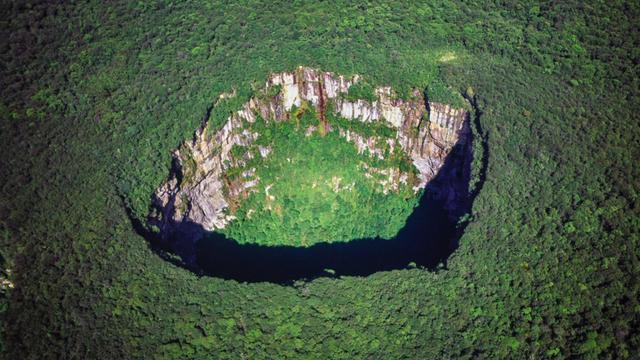The discovery of an ancient woman’s grave in Turkey unveils the intriguing presence of shamanism within the nation, hinting at mystical connections with the animal kingdom.
A team of archaeologists in the Republic of Türkiye has discovered the burial of a woman in a neolithic settlement called Çemka Höyük, dating back approximately 12,000 years, suggesting she may have been a shaman.
In their paper, published in the journal L’Anthropologie, the group describes their study of the woman, the animals that were buried around her, and what her role may have been in the pre-pottery Neolithic village in which she lived.

What’s discovered?
In 2019, excavators at Çemka Höyük, in the southeastern part of Turkey, uncovered the remains of a woman dating back approximately 12,000 years ago.
At this time, the residents of the area were still hunter-gatherers but had also started to establish small settlements.
The researchers believe she was between 25 and 30 years old when she passed away. She was buried under the floor of a mud-constructed building.
Prior research has shown that burying people in their homes was a common practice at the time. However, unlike other contemporary remains, she was found buried with numerous animals.
Animal domestication had not yet begun at her death, so all animals were wild. Even more surprising, a large block of limestone covered the woman’s body.
Shaman possibility
A careful study of the animals buried with the woman revealed that they had been carefully placed. For example, the skull of an auroch, with its jaw separated and placed at her feet, had been positioned just above her body.
Other bones found in the burial plot included partridge wings, marten legs, and scattered sheep or goat bones.
The researchers suggest that the burial of animals with the woman, a practice not seen with others, hints at the possibility that the woman held a special place in society.
Perhaps she worked as a shaman, someone who would have had a special connection with spirits, especially those with evil intent.
In other societies, shamans have often been seen as having a strong connection with animals and the spirits that may dwell within them.
The animal remains in burial at Çemka Höyük are open to different interpretations; the scarcity of such burials in early Neolithic sites in Upper Mesopotamia and the fact that it is the only example of its kind that allows archaeologists to interpret the close relationship between the female individual and the wide range of animal bones.








